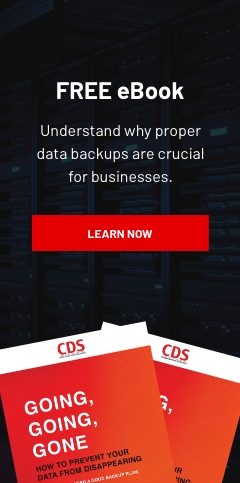Many employees rely on Microsoft Office applications like Word and Excel. While these programs are safe to use, cybercriminals can embed Word and Excel files with macro malware that can corrupt systems or steal sensitive data. In this blog, we will discuss how the malware works and how you can protect your business from it.
What is a macro?
Before we talk about macro malware, it’s important to understand what a macro is. Macros, short for macroinstructions, are automated input sequences that replicate keystrokes or mouse clicks. They are used to automate common tasks in Microsoft Office. For example, you can create a macro to automatically format text or save a file.
When malicious macros are enabled, they can infect other documents on the victim’s computer and download other types of malware. They can also create and send files, corrupt data, and format storage drives.
What is macro malware?
Macro malware is a malicious program written in the same macro language used in Microsoft Office applications. It is often distributed through email attachments that appear to come from trusted entities like banks, business partners, or colleagues.
How does macro malware work?
In a typical macro malware attack, cybercriminals inject malicious macro code into a legitimate Word or Excel document. Once a victim downloads and opens the file, they will be instructed to click on Enable macros to display the document properly. However, doing so will actually unleash the malware into the victim’s system.
When malicious macros are enabled, they can infect other documents on the victim’s computer and download other types of malware. They can also create and send files, corrupt data, and format storage drives.
One classic example of macro malware is the Melissa virus. If a user opens an email with this malicious macro, the email will send itself to the first 50 addresses in the user’s contact list. The malware subsequently replicates quickly and overloads email servers of companies and government agencies worldwide.
More recently, other types of macro malware have been used to push other malicious programs, such as Emotet, TrickBot, and Qbot.
Quiz: How well do you know malware types and terms?
How do you know if your PC is infected with macro malware?
Here are some signs to look for:
- Your computer is running more slowly than usual.
- Strange error messages appear often.
- Files that normally don’t ask for passwords now ask for one.
- Menu items on your Office applications are unclickable.
How can you remove macro malware?
Antivirus software can remove macro malware. This program scans your computer for any signs of malware. If anything is found, you can quickly remove it from your computer.
If the macro malware persists on your computer, you can seek the help of reliable managed IT services providers (MSPs) like Complete Document Solutions. We will remove all traces of malware in your system so you can work more efficiently.
How can you reduce the risks of a macro malware infection?
Adopting the following best practices can protect your business from a macro malware attack:
1. Keep your programs updated
The most important step is to keep your Microsoft Office applications updated. According to Microsoft, macros will soon be blocked by default in various Office apps. This will apply to Office files that have macros and are downloaded from the internet. This way, users will no longer be able to enable macros with a click of a button.
You should also update your programs because this reduces the risk of macro malware exploiting other applications to distribute malware.
2. Invest in multilayered security
Utilizing multiple security solutions will make it harder for threat actors to compromise your systems. Some must-have solutions include:
- Anti-spam and anti-malware programs: These prevent phishing emails from reaching your employees’ inboxes.
- DNS authentication solutions: These determine the legitimacy of an email sent from a certain domain.
- Anti-impersonation software: These programs block phishing attacks by identifying known social engineering techniques that attackers use.
- Web content filtering: This prevents users from accessing dangerous websites, thus reducing the risk of a malware infection.
3. Educate your employees
Teach your employees how macro malware works, and what they should do if they encounter it. You can also simulate a malware attack to see how well your workers will react to the real threat. Reward those who perform well and provide a refresher course to those who struggle with the exercise. Complete Document Solutions can help protect your California business from macro malware and other cyberthreats. We will monitor your IT infrastructure 24/7/365 and take care of any potential issues before they cause any productivity-crippling downtime. Get your FREE network and IT assessment from us today.



Leave a comment!